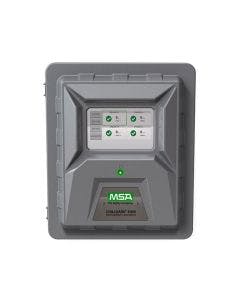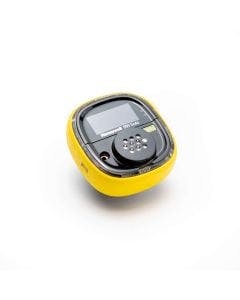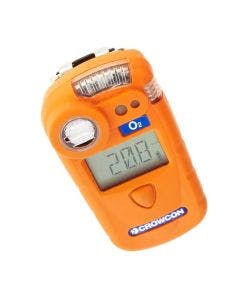What are Refrigerant Gases?


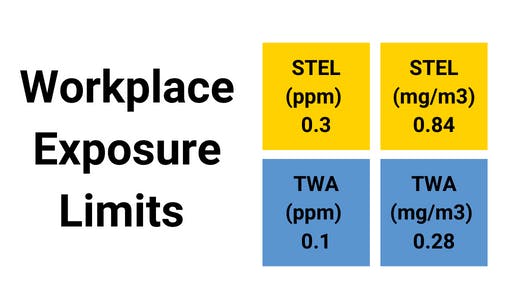

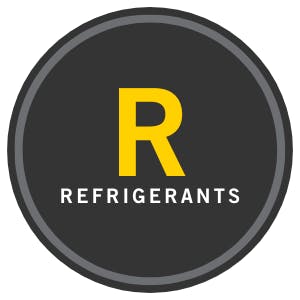
Refrigerant gases are substances used in refrigeration systems to transfer heat from one place to another. They are typically used in air conditioning, refrigerators, and other cooling devices. Refrigerant gases absorb heat from the surrounding environment and then release it in another location. Some common refrigerant gases include chlorofluorocarbons (CFCs), hydrochlorofluorocarbons (HCFCs), and hydrofluorocarbons (HFCs). CFCs and HCFCs are being phased out due to their harmful effects on the ozone layer, while HFCs are considered a more environmentally friendly alternative.
The first refrigerant gas, sulfur dioxide, was discovered in the mid-19th century. However, it was soon discovered that sulfur dioxide was toxic and had limitations regarding its refrigeration capabilities. In the early 20th century, several new refrigerant gases were developed, including ammonia, carbon dioxide, and chlorofluorocarbons (CFCs). Ammonia and carbon dioxide were used primarily in large-scale industrial applications, while CFCs became popular in smaller-scale refrigeration systems like home refrigerators and air conditioners
The most popular refrigerant gases used today include:
- Hydrofluorocarbons (HFCs) are commonly used in refrigeration systems, particularly air conditioning systems. They are popular because they have low toxicity, are non-flammable, and have good refrigeration properties. However, they are also greenhouse gas and contribute to climate change.
- Ammonia (NH3): Ammonia has been a refrigerant for over a century and is still commonly used in industrial refrigeration systems. It is efficient, has a low environmental impact, and is relatively inexpensive. However, it is toxic and must be handled carefully.
- Carbon dioxide (CO2): Carbon dioxide is a natural refrigerant that has gained popularity recently due to its low environmental impact and non-toxicity. It is commonly used in commercial refrigeration systems.
- Hydrocarbons (HCs): Hydrocarbons, such as propane and butane, are also becoming increasingly popular as refrigerants due to their low environmental impact and good refrigeration properties. However, they are flammable and must be handled carefully.
It's worth noting that regulations around refrigerant gases vary by country and region, and different refrigerant gases may be more popular in different areas. Additionally, the industry is constantly evolving, and new refrigerant gases are constantly being developed and tested.
Fun Fact – Before the invention of modern refrigerant gases, ice was the primary means of cooling food and other perishable items.

Applications used in
- HVAC
- Chemical manufacturing
- Agricultural storage and transportation
- Electronics and manufacturing

